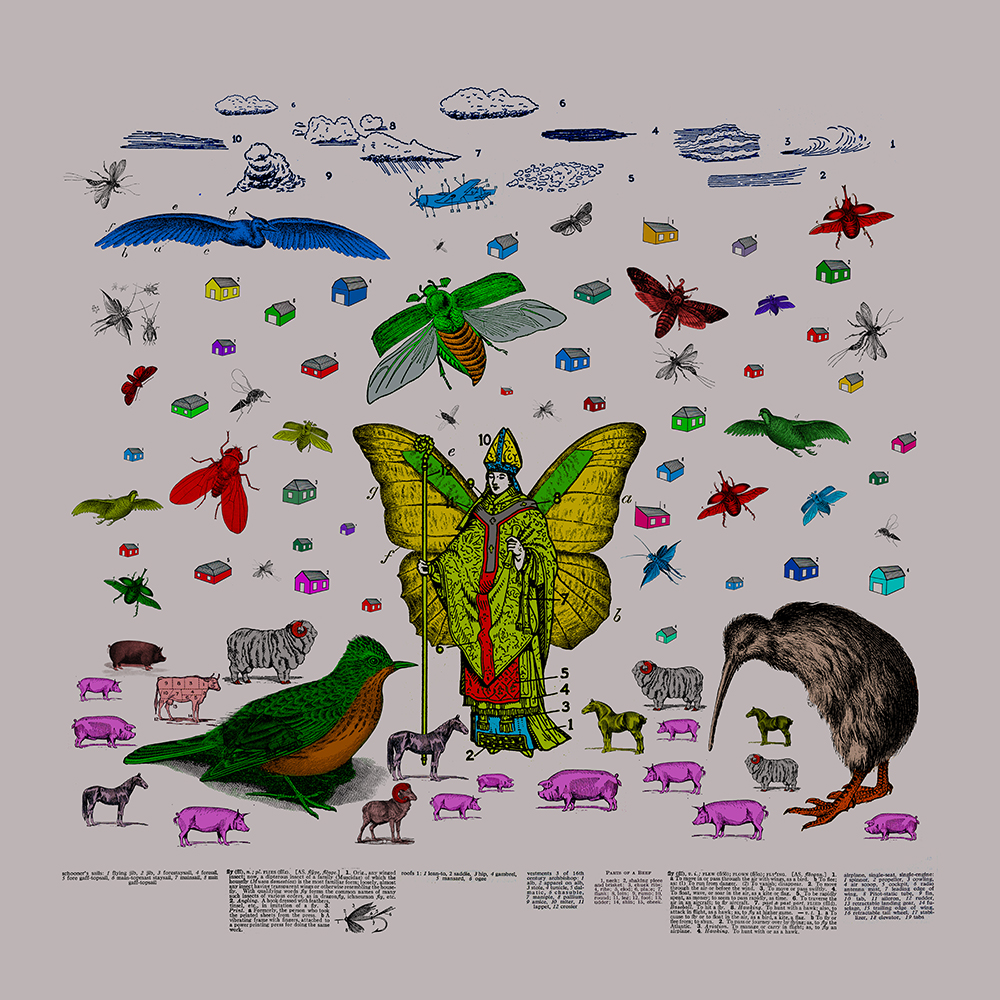
It was said of Presidential Addresses at the British Psychological Society Annual Conference that they fell into three types:
Whither Now?
Patients I have Cured
5-hydroxy-triptamine
These three encapsulated the philosophical, clinical and physiological traditions in the society.
With that in mind, I have looked back at the very recent International Society for Intelligence Research conference in Albuquerque to see if I can detect a classificatory structure, tripartite or otherwise. Here, without too much poetic licence, is a possible troika of themes:
Technical: use of statistics and modelling techniques, understanding the limitations and characteristics of particular intelligence measures, arguing about the hierarchical structure of intelligence
Correlational: Real-life associations with IQ, and examples of the predictive power of intelligence.
Genetic: the genetic underpinnings of intelligence and related behaviours.
The technical theme is very specialised. It makes crucial points about intelligence measures and how results can be modelled and analysed. Tracking down whether tests show “measurement invariance” is essential if you want dependable findings. Understanding all this is crucial for researchers. Speaking personally, I find some of the discussions about the structure of group factors less interesting.
The correlational theme is enormous in scope, and accounts for the bulk of published results. Intelligence runs through psychology like carbon through biology. All of human life is there. Intelligence is the most replicated result in psychology, and with the largest sample sizes, sometimes in the millions. There is much still to learn, and the results keep coming in.
The genetic theme is transformational. This is the leading edge of intelligence research. The tempo seems to be about one major publication every 2 or 3 months. Sample sizes are usually above 100,000 and sometimes 300,000. These papers usually find links between the genome and human behaviour which are statistically significant but moderate in effect size, and very probably caused by very many genes of small effect, and which also have effects on other things. I get forewarning of a few of these publications, and will comment further when papers in the review pipeline get published. Tracking down the genetics of intelligence is happening now, with impacts which most people don’t yet appreciate.
The classificatory scheme is a mere sketch, and very open to counter-claims. It might be better to follow the path outlined by Borges in classifying animals in “Celestial Emporium of Benevolent Knowledge” : Those that belong to the Emperor; Embalmed ones; Those that are trained; Suckling pigs; Mermaids; Fabulous ones; Stray dogs; Those that are included in this classification; Those that tremble as if they were mad; Innumerable ones; Those drawn with a very fine camel hair brush; Those that have just broken the flower vase; Those that resemble flies from a distance.
Perhaps all lectures should be judged by the criterion “Have they just broken the flower vase?”

I repeat my suggestion from some time ago: the genetic search might turn up a truth that relates not so much to many genes of small effect, but to a correlation structure between genes. That is, that what may matter is that you have various combinations of genes, as if they worked in teams together, like a rugby pack or a rowing eight.
ReplyDeleteOf course another possibility is that the key thing is to avoid having particular genes, or particular combinations of genes: as if they would work as a team holding you back - like the opposition in a tug-of-war.
That makes sense to me, but I believe that geneticists don't get that result, though they do look for it. I will have to consult them.
DeleteThe "whither __" -type of lecture reminds me of this bit from Terry Pratchett:
ReplyDelete"Younger wizards in particular went about saying that it was time that magic started to update its image and that they should all stop mucking about with bits of wax and bone and put the whole thing on a properly-organized basis, with research programmes and three-day conventions in good hotels where they could read papers with titles like ‘Whither Geomancy?’ and ‘The role of Seven League Boots in a caring society.’"